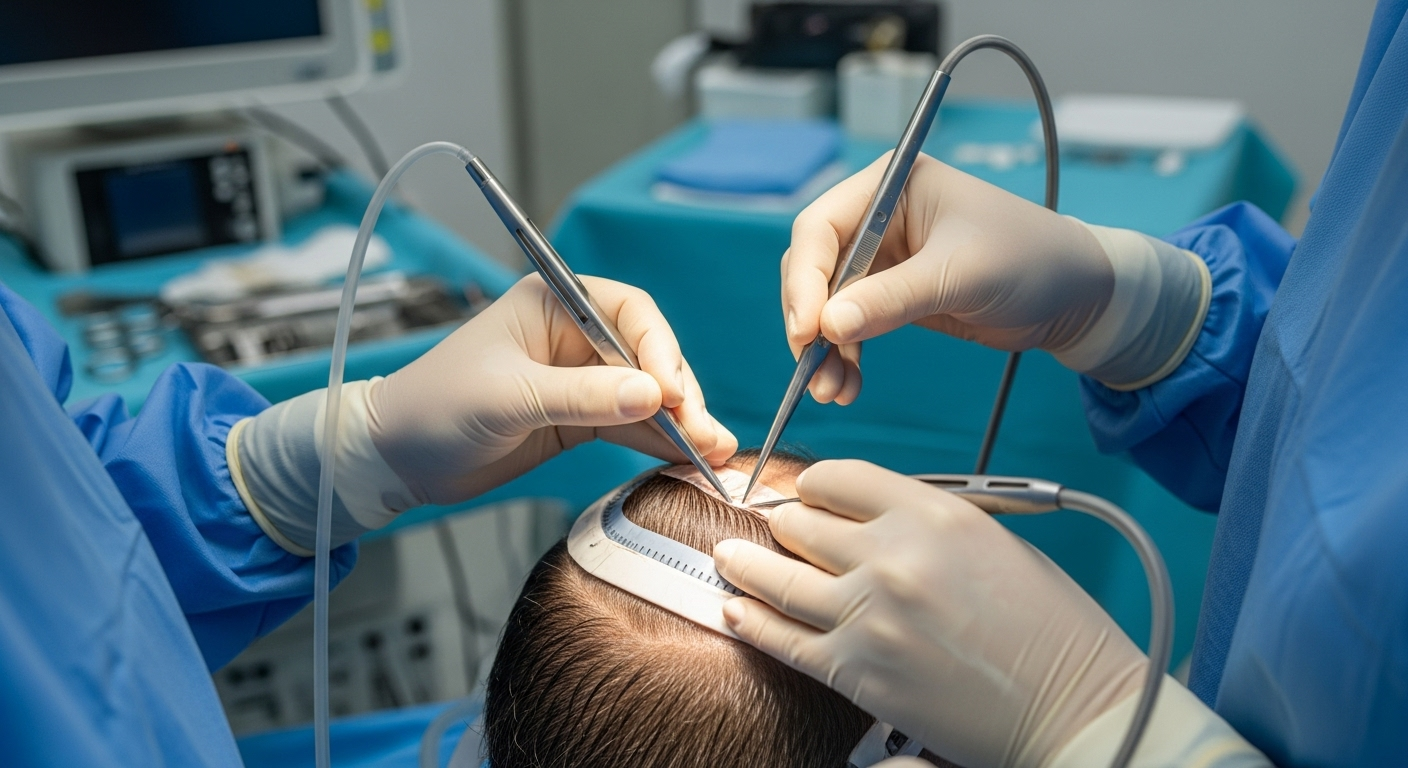Natural Hair Restoration: Complete Transplant Guide
Explore how contemporary hair transplant techniques can provide a durable solution to thinning hair and baldness. This comprehensive guide covers FUE and FUT methods, who benefits most, what to expect during surgery and recovery, typical costs, and possible complications. Learn practical tips for choosing a qualified specialist and deciding whether hair restoration is right for you.

Natural Hair Restoration: Complete Transplant Guide
A practical overview of hair transplantation
Hair transplantation is now a predictable option for people seeking a long-term fix for thinning hair or balding. Instead of concealing loss with temporary solutions like wigs, sprays, or fibers, transplantation moves living hair follicles from a donor zone (commonly the back and sides of the head) into areas with reduced density. Because these grafts are your own hair, they grow naturally and can be cut, colored, and styled like the rest of your hair.
Primary methods: FUE and FUT explained
Two methods dominate current practice: Follicular Unit Extraction (FUE) and Follicular Unit Transplantation (FUT). FUE involves harvesting individual follicular units with small circular punches, leaving tiny, often faint dot scars that are usually hard to detect. FUT takes a narrow strip of scalp from the donor area, which is then microscopically dissected into grafts; it can produce a high number of grafts in a single session but results in a linear scar that may be visible with very short haircuts.
Both approaches can achieve natural, long-lasting outcomes when performed by experienced teams. The best option depends on factors such as hair type, how large the recipient area is, scarring preferences, and patient lifestyle and haircut choices.
Why patients choose hair restoration
Beyond cosmetic change, many people gain psychological benefits from hair restoration, including boosted confidence and improved self-image. Because transplanted follicles are typically resistant to the hormonal effects that cause pattern baldness, they often continue growing for life. Contemporary hair restoration also emphasizes individualized design: surgeons map hairlines and position grafts to match facial proportions, existing hair direction, and the intended density so the result blends seamlessly with native hair.
Who is a suitable candidate?
Common candidates include:
- Individuals with male- or female-pattern hair loss
- People with localized scarring or hair loss after injury or medical treatment
- Those who have adequate donor hair at the back and sides of the scalp
- Patients with realistic expectations about what transplantation can achieve and the timeline for results
Transplants are less appropriate for people with diffuse thinning across the entire scalp, active or unstable hair loss, or medical conditions that impair healing. A detailed consultation with a board-certified hair restoration specialist is essential to assess donor density, hair characteristics, medical history, and aesthetic goals.
What happens during the procedure
Most hair transplant procedures are performed as outpatient treatments under local anesthesia. Typical stages are:
- Planning and marking donor and recipient regions.
- Harvesting grafts via FUE or removing a donor strip for FUT.
- Sorting and preparing grafts under magnification.
- Creating recipient sites with tiny incisions that follow natural hair angles.
- Placing grafts to reproduce natural density and orientation.
- Post-op instructions and scheduling follow-up visits.
Sessions can last several hours, depending on graft count. Patients usually return home the same day. Any immediate discomfort is generally mild and controllable with prescribed pain relief. New hair growth appears slowly over months, with visible improvement commonly seen between six and twelve months and ongoing refinement thereafter.
Typical costs and factors that influence pricing
Costs vary by the extent of hair loss, graft quantity, chosen technique, and the surgeon and clinic location. Some clinics charge per graft, while others offer package pricing.
| Procedure Type | Typical Price Range | Cost Factors |
|---|---|---|
| FUE (Follicular Unit Extraction) | $4,000 - $15,000 | Number of grafts, surgeon experience, clinic location |
| FUT (Follicular Unit Transplantation) | $4,000 - $10,000 | Strip size, graft count, surgeon skill |
| Robotic-Assisted Transplant | $5,000 - $18,000 | Technology used, session duration, clinic reputation |
| Eyebrow Transplant | $3,000 - $8,000 | Complexity, graft precision, surgeon expertise |
Prices are approximate and subject to change; obtain current quotes from clinics before making decisions.
Potential risks and common side effects
Like any surgical intervention, hair transplantation carries risks. Serious complications are uncommon but may include infection, bleeding, or poor wound healing. More frequent, generally temporary effects include shock loss (temporary shedding of some existing hair), numbness or tingling in treated areas, and visible scarring (linear for FUT, tiny dots for FUE). An unsatisfactory cosmetic result can occur if graft placement or angulation is incorrect. Selecting an experienced surgeon and following aftercare instructions lowers these risks.
Recovery and aftercare essentials
After surgery, patients receive specific care instructions such as gentle washing, short-term medications, and activity limits. Avoid heavy exercise and direct sun exposure for a defined period, and follow guidance on sleeping positions to protect grafts. Most people resume non-strenuous activities within a few days; full healing and noticeable hair growth develop over several months.
How to decide and choose a specialist
If you are considering a transplant, book consultations with qualified hair restoration surgeons to compare techniques, review before-and-after photos, and set realistic expectations. Evaluate the surgeon’s credentials, patient reviews, cleanliness and follow-up care at the clinic, and the strength of their surgical team. While cost is important, prioritize safety, experience, and long-term aesthetic results when making your choice.
This article is for informational purposes only and should not be considered medical advice. Please consult a qualified healthcare professional for personalized guidance and treatment.





